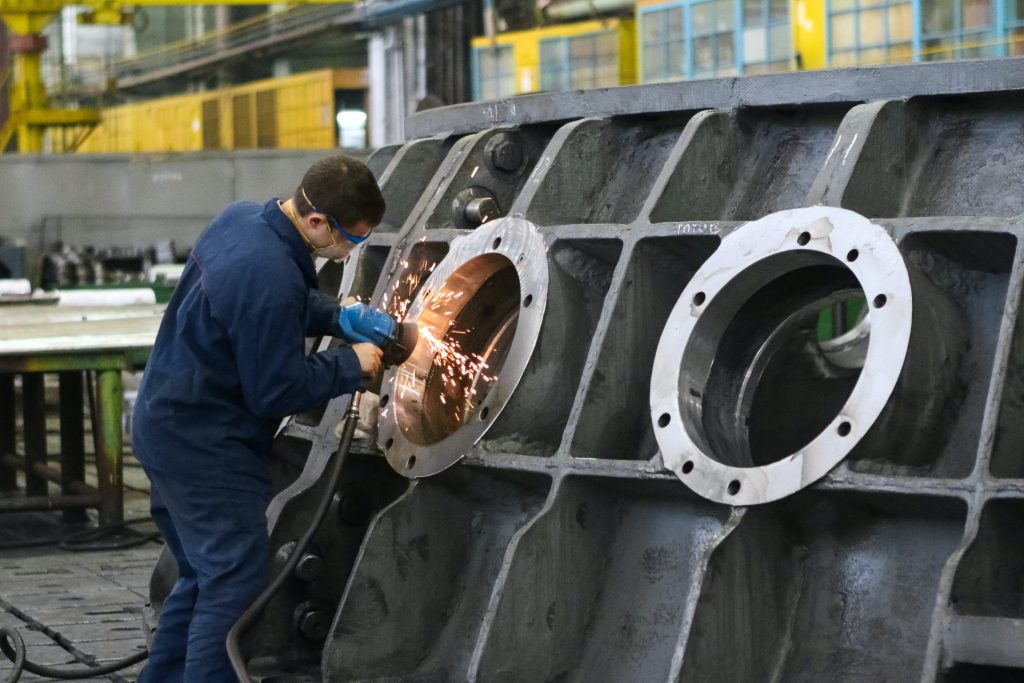Manufacturing products aren’t cheap. Different types of costs occur during the production period. Moreover, these are harder to track, too, at times. Manufacturing overhead is one of these costs. Learning how to calculate manufacturing overhead is important. The process of how to calculate manufacturing overhead isn’t easier.
Let’s learn about manufacturing overhead and how to calculate it below.
So, here we go:
What is Manufacturing Overhead?
Manufacturing overhead is an important aspect of the manufacturing operations of every company. It consists of costs outside of direct labor and materials. Manufacturing Overhead includes all indirect costs incurred while manufacturing a product. Businesses add this cost into the direct labor and material costs to determine the cost of their final product.
As per GAAP, companies should include manufacturing overhead cost in finished products cost in inventory. Moreover, you should include work-in-progress inventory in the manufacturer’s balance sheet and in the goods income statement cost.
You have to include all factory-related indirect expenses that occur during product manufacturing. These more often include:
- Machine repairs
- Indirect labors
- Indirect materials
- Factory supplies
- Depreciation
- Electricity and more.
Above all, Manufacturing Overhead generally consists of indirect costs regarding product manufacturing. Calculating manufacturing overhead is an essential part of manufacturing accounting. Therefore, it must be an important consideration to price your products.
Expenses included in manufacturing overhead costs.
These indirect costs are usually hard to trace to each product. Manufacturers apply these costs to the final product cost per the pre-determined overhead absorption rate. This rate is per activity unit cost for manufacturing overhead cost. For instance, labor hours, machine hours, labor costs, etc.
However, here we have some of the most common costs included in manufacturing overhead:
Indirect labor
This is the cost of employees that involve in the product production indirectly. For instance:
- Security guards’ salaries
- Machine repairmen
- Supervisors
- Plant managers
- Janitors
- Quality inspectors, etc.
All these are indirect labor costs. Manufacturing accountants will consider activity-based costs to calculate indirect labor costs.
Utilities
Overhead utilities can also vary as per production. Slowed production means lower utility costs. As companies use utilities throughout the business processes. Therefore, accountants must allocate the appropriate overhead amount as indirect costs.
Indirect materials
Although adding direct materials to products’ manufacturing cost is common. However, you should also consider the indirect material cost to calculate manufacturing overhead. For instance, if you manufacture chairs, wood’s cost will consider the direct material cost. While you will add cleaning supplies cost into indirect materials here.
Financial costs
Moreover, financial overhead costs include pure financial costs that you can’t cancel or avoid during product manufacturing. For example, property taxes that the government charges on your product manufacturing. Besides that, insurance policies and legal and audit fees are also a part of financial overhead costs.
Above all, financial overhead costs don’t change frequently. In fact, these expenses are allocated throughout the product inventory.
Physical costs
This type of cost will include physical items that are necessary for manufacturing. These physical costs more often include:
- The property’s cost is where product manufacturing takes place.
- Product depreciation
- New machine repair costs
- Purchasing new machines and other such costs.
Accountants can calculate these costs by using the declining balance method. Or they can also use the straight-line method to calculate the physical costs of manufacturing.
- In the declining balance method, accountants apply a constant depreciation rate to the book value of assets yearly.
- However, in the straight line method, accountants evenly distribute the fixed assets carrying amount across its useful life.
Accountants use the latter method when there is no specific pattern to the value’s loss of an asset.
How to calculate manufacturing overhead costs?
Calculating manufacturing overhead monthly or annually is important to improve your company’s financial plan. Moreover, you can also find more effective ways to budget these indirect expenses in the best possible way.
Companies that effectively calculate and plan manufacturing overhead can better survive financial emergencies.
So, do you want to know how to calculate manufacturing overhead costs? Then let’s look at the details below to understand things better.
So, here are the steps to consider:
- Identify all your overhead expenses to calculate manufacturing overhead costs. Sometimes these expenses are pretty obvious such as office rent, electricity bill, etc. However, you may need to dig a bit deeper to see what’s happening.
- Once you have learned about your indirect expenses, add these costs up. Or you can multiply these overhead costs per unit by how many products you have manufactured.
- For example, if you have manufactured 100 products a month with a $10 overhead cost for each product. Then the manufacturing overhead cost will be $1000. Using this calculation, you can have a general figure to plan your finances better.
- However, you can divide this by the monthly sales number and multiply it by 100. This formula will help you to get a percentage.
Final Thoughts
Overall, manufacturing overhead costs calculation is important for successful production. Although the process how to calculate manufacturing overhead seems simple. However, determining different costs, you need to include in manufacturing overhead can become harder at times.
You must calculate all these indirect expenses to manage your finances more effectively.





























